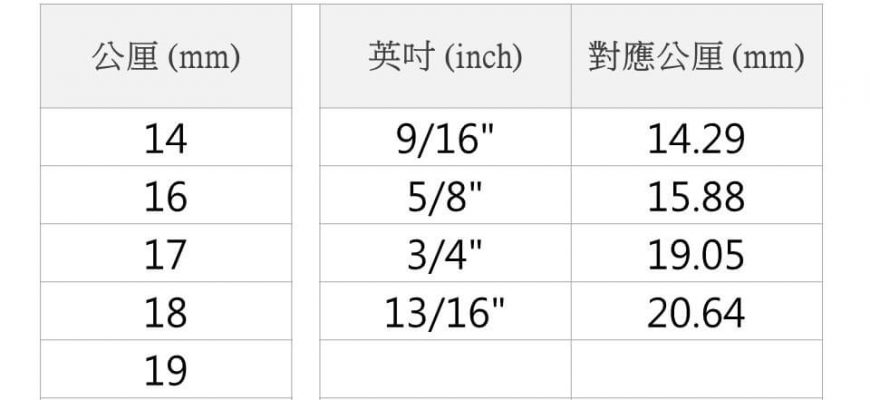When it comes to maintaining your vehicle, understanding the intricacies of engine components is vital. One often-overlooked but essential tool in the mechanic’s arsenal is the spark plug socket. This guide will help you navigate the various spark plug socket sizes and their applications, ensuring you have the right tool for the job.
What is a Spark Plug Socket?
A spark plug socket is a specialized tool designed to remove and install spark plugs in an engine. Unlike standard sockets, spark plug sockets are longer and equipped with a rubber insert or magnetic tip to grip the spark plug securely, preventing damage during removal or installation.
Common Spark Plug Socket Sizes
Spark plugs come in various sizes, and so do the sockets designed to fit them. The two most common sizes are:
- 5/8 Inch (16mm): This is the most prevalent size for domestic vehicles and many older models. If you’re working on a classic car or a standard sedan, chances are you’ll need this size.
- 13/16 Inch (21mm): Commonly used in larger engines, including some trucks and high-performance vehicles, this size is essential for those who work on a variety of engine types.
Measuring Spark Plug Sizes
To ensure you’re using the correct spark plug socket, it’s important to measure the spark plug’s hexagonal portion. Here’s how:
- Use a caliper or a socket set to measure the width across the flats of the spark plug’s hex.
- Compare your measurement to the common sizes listed above to find the appropriate spark plug socket.
Choosing the Right Socket for Different Engines
Different engines may require different socket sizes based on their design and the size of the spark plugs. Here’s a quick breakdown:
- 4-Cylinder Engines: Typically, these engines use 5/8 inch or 13/16 inch spark plugs, but always check the specifications.
- V6 Engines: V6 engines often use a mix of sizes, but 5/8 inch is still common.
- V8 Engines: These engines may require larger sizes, often 13/16 inch.
Why Socket Size Matters
Using the correct spark plug socket size is crucial for several reasons:
- Prevents Damage: Using an incorrectly sized socket can strip the spark plug or damage the cylinder head.
- Ensures Proper Torque: A proper fit ensures that you can apply the correct torque, preventing issues like misfiring or poor engine performance.
- Saves Time: Having the right size on hand means you won’t waste time searching for the correct tool mid-job.
Knowing the right spark plug socket size is essential for effective vehicle maintenance. Whether you’re a seasoned mechanic or a DIY enthusiast, having the right tools can make all the difference. Always refer to your vehicle’s manual for specific spark plug sizes and ensure you have the right socket on hand. With this guide, you’re now equipped to tackle spark plug replacement with confidence!










I never realized how important the right spark plug socket could be. This guide has really opened my eyes to the details!
This article is a must-read for anyone interested in automotive repair. Very informative and well-written!
I appreciate the breakdown of different engine types and their spark plug needs. Very helpful for DIY enthusiasts!
Great information on measuring spark plug sizes! I feel more confident tackling my car maintenance now.
The section on common sizes was super useful. I always get confused with the measurements, but this made it easy!
Excellent guide! The tips on choosing the right socket for different engines were particularly enlightening.
I love how detailed this guide is about spark plugs and sockets. It’s going to make my next car project much easier!
This article is a fantastic resource for anyone looking to understand spark plugs better. The explanations are clear and concise!